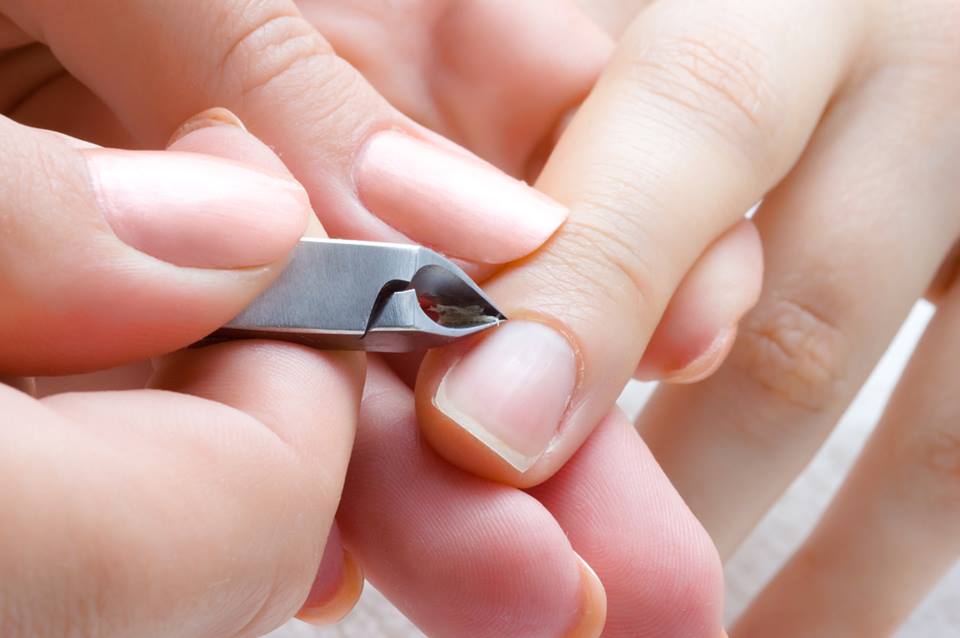Take a close look at your fingernails. Are they strong and healthy looking? Or do you see ridges, dents, or areas of unusual color or shape? Many less than desirable nail conditions can be avoided through proper fingernail care. Others might indicate an underlying condition that needs attention.
Your fingernails — composed of laminated layers of a protein called keratin — grow from the area at the base of the nail under your cuticle. Healthy fingernails are smooth, without pits or grooves. They’re uniform in color and consistency and free of spots or discoloration.
Not all nail conditions are normal, however. Consult your doctor or dermatologist if you notice:
- Changes in nail color, such as discoloration of the entire nail or a dark streak under the nail
- Changes in nail shape, such as curled nails
- Thinning or thickening of the nails
- Separation of the nail from the surrounding skin
- Bleeding around the nails
- Swelling or pain around the nails
Fingernail care: Do’s and don’ts
To keep your fingernails looking their best:
- Keep fingernails dry and clean.This prevents bacteria from growing under your fingernails. Repeated or prolonged contact with water can contribute to split fingernails. Wear cotton-lined rubber gloves when washing dishes, cleaning or using harsh chemicals.
- Practice good nail hygiene.Use a sharp manicure scissors or clippers. Trim your nails straight across, then round the tips in a gentle curve.
- Use moisturizer.When you use hand lotion, rub the lotion into your fingernails and cuticles, too.
- Apply a protective layer.Applying a nail hardener might help strengthen nails.
- Ask your doctor about biotin.Some research suggests that the nutritional supplement biotin might help strengthen weak or brittle fingernails.


You may use these HTML tags and attributes:
<a href="" title=""> <abbr title=""> <acronym title=""> <b> <blockquote cite=""> <cite> <code> <del datetime=""> <em> <i> <q cite=""> <s> <strike> <strong>